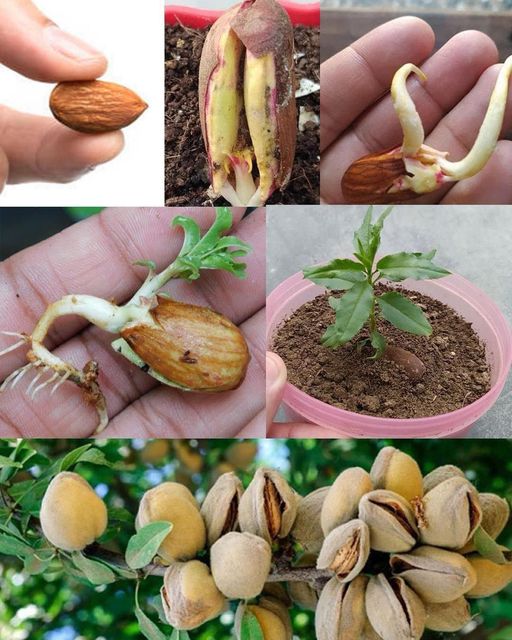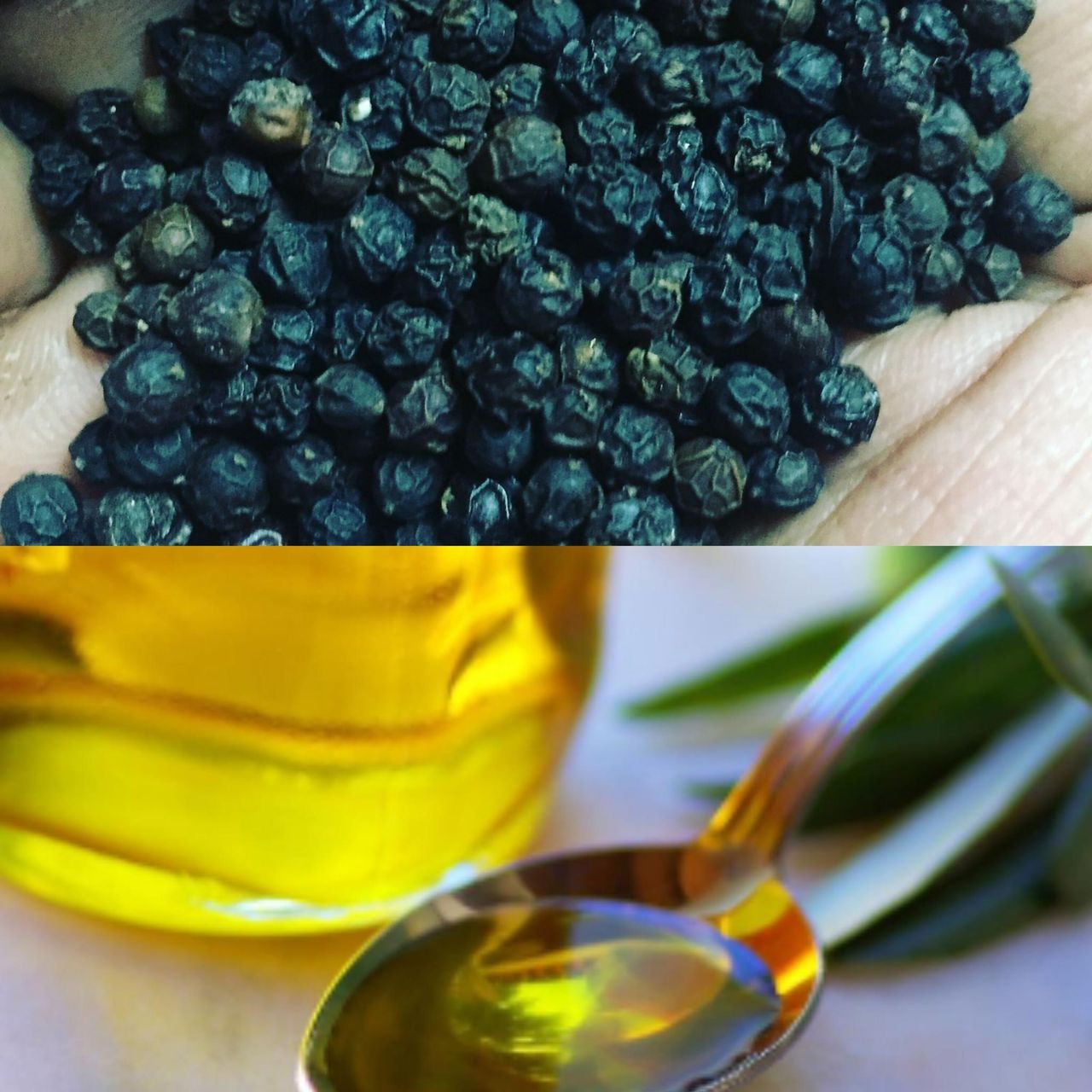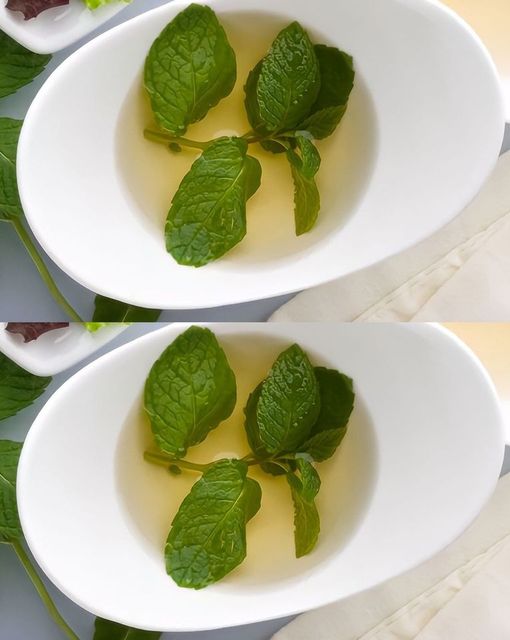Ever dreamt of strolling through your own orchard, reaching up to pluck a plump, delicious almond? Believe it or not, that dream can become a reality, even with limited space. Almonds, while commercially grown in large orchards, can surprisingly be cultivated from a humble seed right at home!
This guide will walk you through the process, step-by-step, so you can witness the wonder of a tiny seed transforming into a majestic almond tree.
Gathering Your Supplies:
- Almond seeds (raw and unroasted – you can use store-bought almonds, but organic is preferred)
- Pot with drainage holes (at least 1 gallon size)
- Potting mix (well-draining, with good aeration)
- Spray bottle
- Plastic wrap (optional)
- Permanent marker (optional)
Planting the Seed:
-
Crack the Code (Gently): Almonds have a tough outer shell. To encourage germination, use a nutcracker to slightly crack the shell without damaging the seed inside. Aim for a small opening at the pointed end.
-
Soak It Up: Fill a bowl with lukewarm water and soak your almonds for 24-48 hours. This helps soften the shell and kickstart the germination process.
-
Potting Up: Fill your pot with the well-draining potting mix. Make a hole about 1 inch deep in the center and carefully place your soaked almond seed inside, pointed end facing down. Cover the seed with soil and gently pat it down.
-
Moisture Magic: Use your spray bottle to thoroughly moisten the soil, but avoid creating a puddle.
-
Warmth & Light: Place your pot in a warm location (around 70°F) that receives plenty of indirect sunlight. A sunny windowsill is ideal.
Sprouting and Beyond:
-
Patience is Key: Germination can take anywhere from 4-6 weeks, so don’t lose hope! Keep the soil consistently moist but not soggy.
-
Plastic Wrap Trick (Optional): To create a mini greenhouse effect and boost germination, you can loosely cover the pot with plastic wrap. Just make sure to remove it once you see a sprout emerge.
-
Welcome, Little Sprout!: Once your almond seed sprouts, gradually introduce it to more direct sunlight over a few days.
-
Nurturing Your Tiny Tree: As your seedling grows, water it regularly when the top inch of soil feels dry. Fertilize it once a month during the growing season with a diluted balanced fertilizer.
-
Labeling Love (Optional): Use a permanent marker to label your pot with the planting date and type of seed. This will help you keep track of your progress and identify different seedlings if you plant multiple seeds.
A Note on Patience and Expectations:
Growing an almond tree from seed is a journey that takes time and dedication. It may take several years before your tree matures enough to produce almonds. But the satisfaction of nurturing a tree from a tiny seed into a fruiting wonder is a truly rewarding experience.
Bonus Tip: Almond trees are self-pollinating, so you only need one tree for potential nut production. However, planting two trees from different varieties can improve pollination and potentially increase yield.
So, grab those almonds, get planting, and embark on your own almond-growing adventure!



